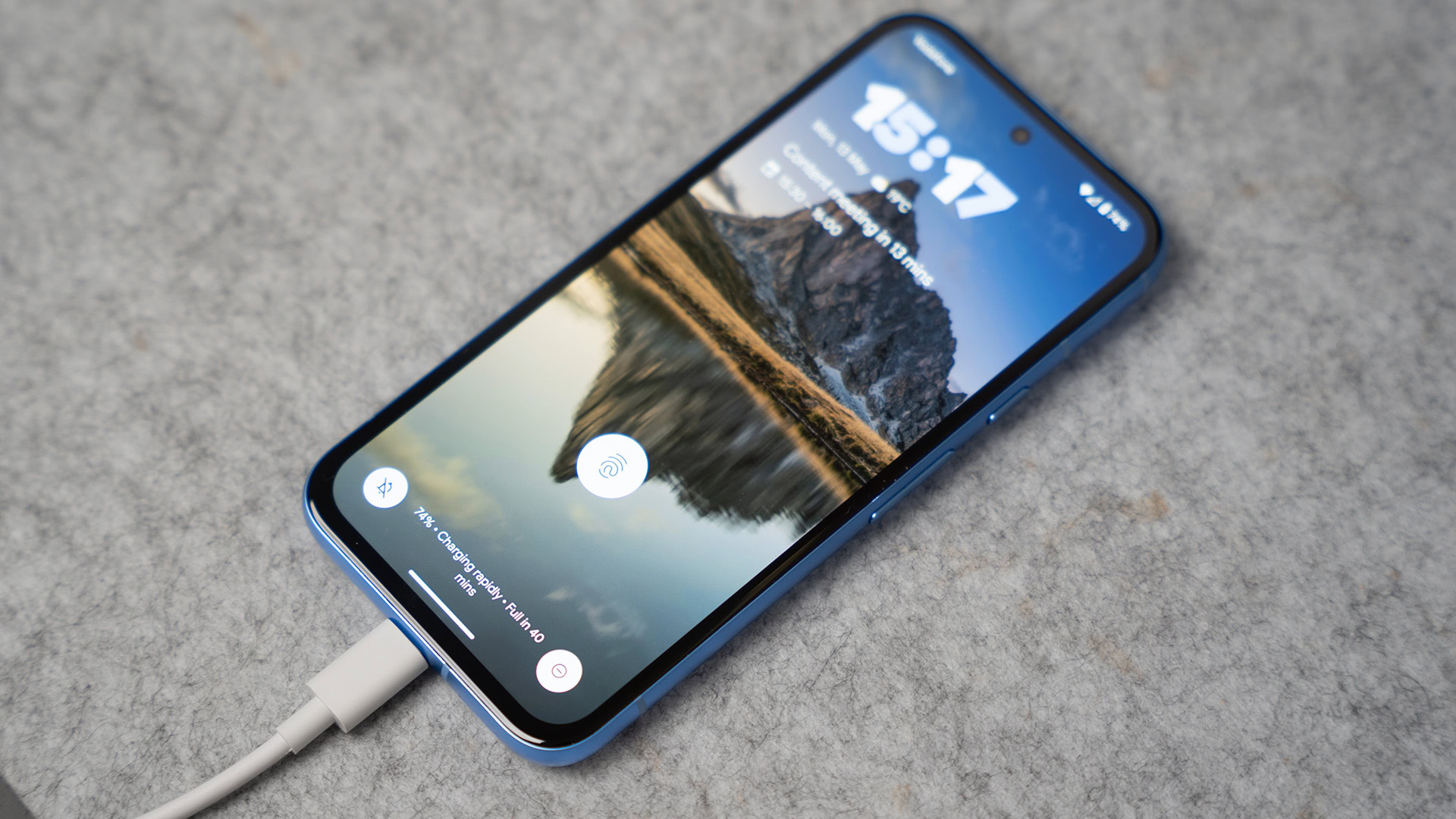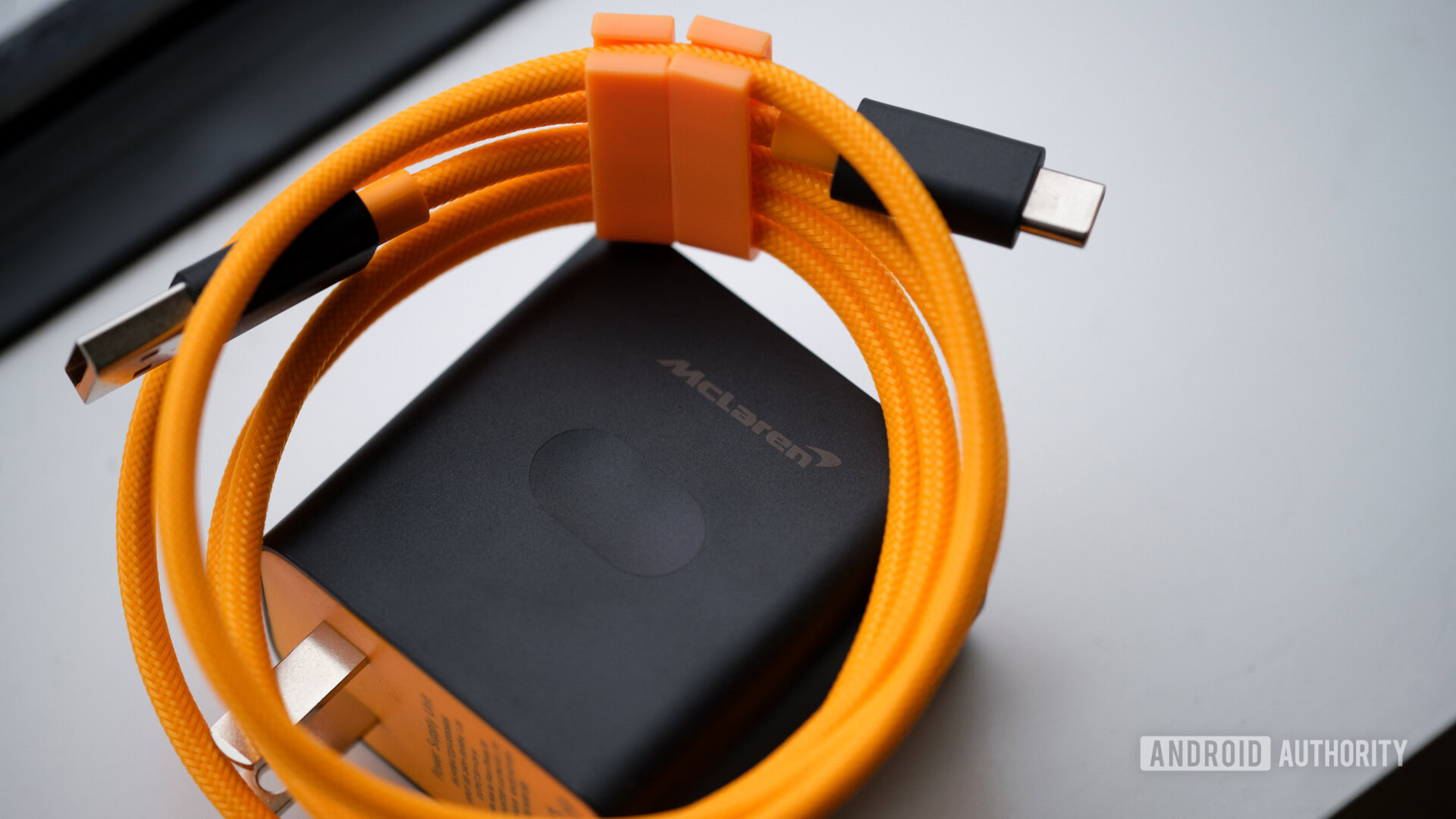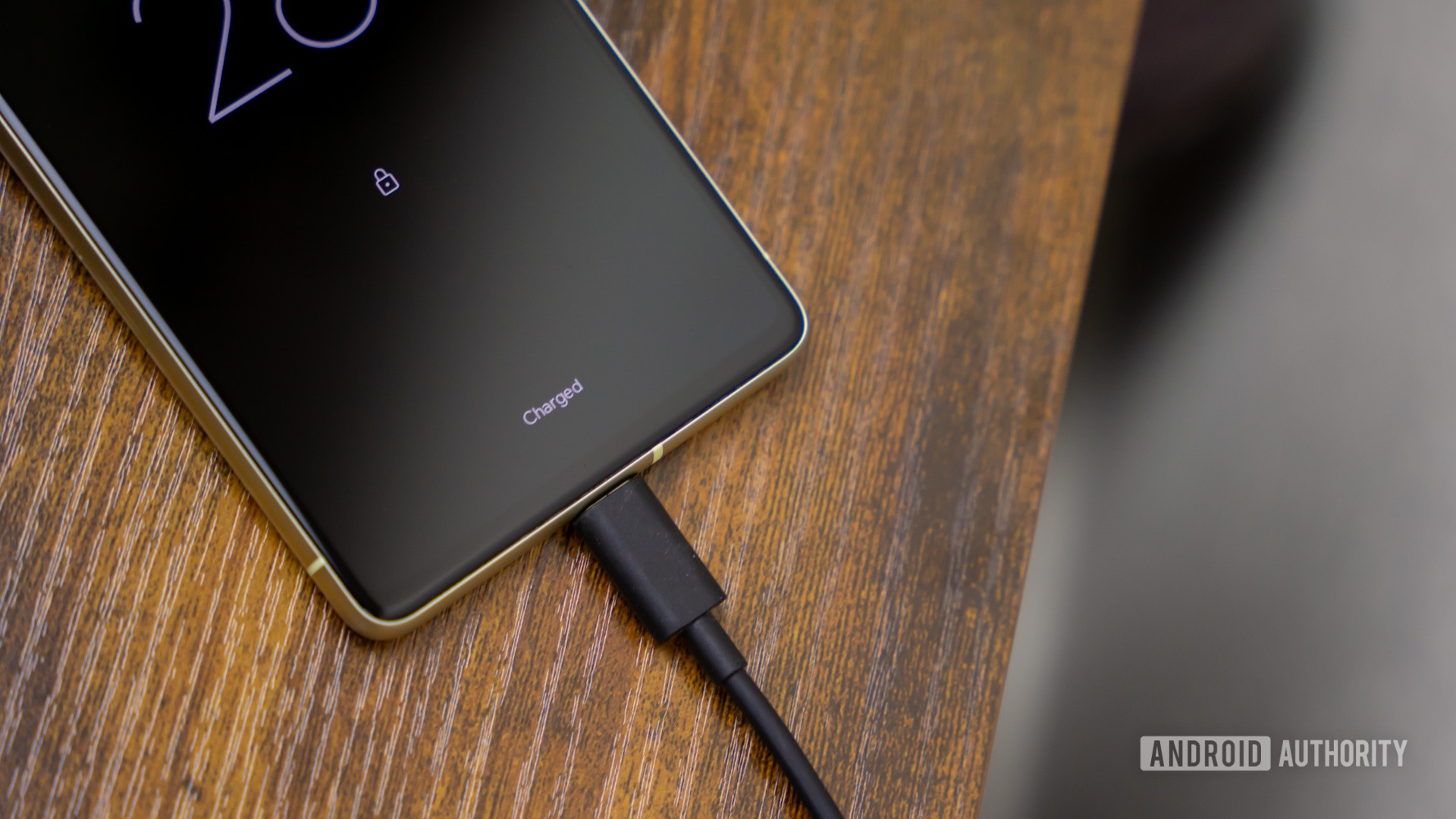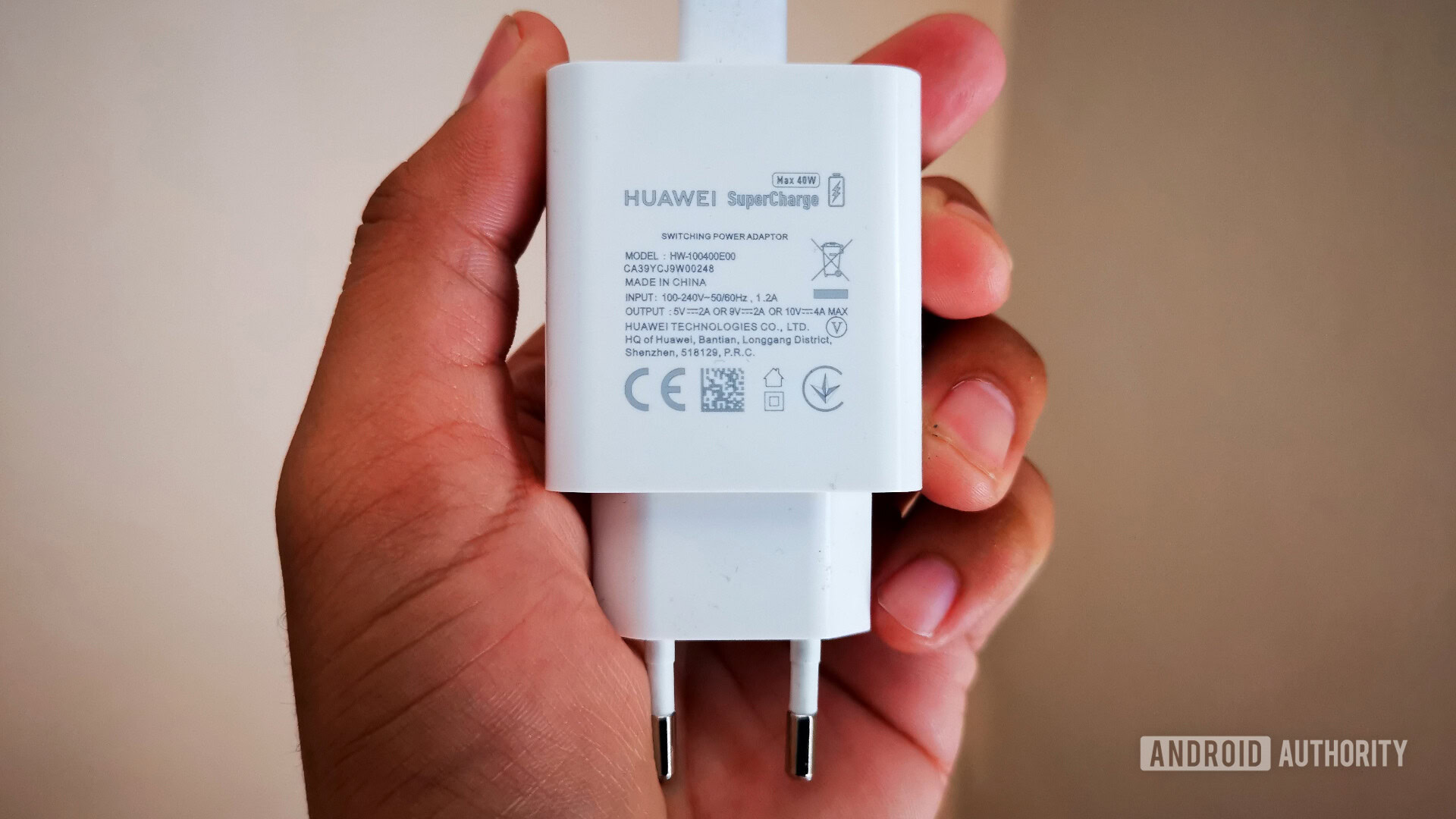Affiliate links on Android Authority may earn us a commission. Learn more.
Buyers guide: phones that support third-party fast chargers and accessories
March 23, 2019

Proprietary fast charging technologies are great for juicing up your empty handset, but they have their limitations. Power banks don’t support proprietary standards, neither do car-chargers nor multi-device power hubs. If you use any of these, you’ll want a phone that supports one of the popular standards used by third-party fast chargers. Namely USB Power Delivery and Qualcomm’s Quick Charge.
Unfortunately, even when manufacturers note support for one or more of these standards, there’s often no way of knowing whether you’ll receive the very fastest charging speeds or not. This makes buying accessories a pain. To help you out, we’re testing a bunch of phones to help make these buying decisions easier.
To test, we picked up a Tommox 75W USB-C charger, sporting USB Power Delivery, Quick Charge 3.0, and 2.4A USB outputs. We also grabbed a 60W rated USB-C cable, to make sure the cable isn’t a bottleneck, along with a USB-C power meter, and began testing phones that were running out of battery.
Best picks for 3rd party charger support
Out of all the phones we’ve tested so far, only three support high charging speeds with all third-party fast chargers. These models are the Xiaomi Mi 9, the Nokia 7.1, and the new Samsung Galaxy S10 Plus. All three offer around 15W or more of power with their own charger, USB PD, and Quick Charge 3.0.

Many other phones work with all three standards, but certainly not at these speeds. Typically, a phone’s proprietary charger and cable produces by far the fastest charging results. There are only a couple of exceptions to this rule, including the Samsung Galaxy S9+ and Xiaomi Mi 8 Lite.
In other good news, USB Power Delivery support is becoming increasingly common in modern smartphones. More manufacturers could be outright supporting the standard now that they have a better handle on USB-C. Alternatively, some handsets are also making use of the cross-compatibility feature of Qualcomm’s Quick Charge 4 standard.
The Xiaomi Mi 9, Nokia 7.1, and Samsung Galaxy S10 Plus all offer 15W+ of power with their own charger, USB PD, and Quick Charge 3.0.

Worst proprietary offenders
As we covered previously, OnePlus’ Dash and Warp Charge technologies simply don’t play nicely with third-party chargers. You won’t receive anything above basic charging speeds when connecting your OnePlus handset to USB Power Delivery or Quick Charge devices. This is a prime example of proprietary technology done badly. There’s no excuse for it as faster charging technologies, such as HUAWEI SuperCharge, are also compatible with third-party protocols.
The oddest phone I’ve tested so far is the nubia REDMAGIC Mars. The phone starts working with USB Power Delivery but then negotiates itself out of charging, hitting 12V with no current draw. So plugging the REDMAGIC Mars into a USB PD port won’t charge the phone at all. It’s likely this could be fixed with a software update, as it’s an example of someone borking their implementation of a charging standard.

LG is by far the worst of the big names tested so far. The V series charging ports repeatedly renegotiate and drops current, prolonging charging times. This also makes it very difficult to read exactly how much power this phone receives. In this instance, Quick Charge works better than Power Delivery.
In general, budget smartphones are more hit and miss with third-party fast chargers compared to more expensive models. Although the HONOR View 20 and Nokia 7.1 are clear exceptions. Most mid-range models will provide passable charging speeds from at least one third-party standard. Just double check with the manufacturer, or our master list, to make sure which standard is supported.

The full results
To view the full dataset, check out the spreadsheet below or click the link here. Devices receiving less than 10W of power aren’t classified as fast charging, and between 10 and 15W is the minimum we classify as faster than regular charging speeds. Around 15W and above indicates a good fast charging implementation, while above 20W is super fast. The results are color-coded for easy identification to help spot which phones or charging accessories you should buy.
We will continue to flesh out this list as more smartphones pass through our test suite.
Thank you for being part of our community. Read our Comment Policy before posting.